 Figure 2: 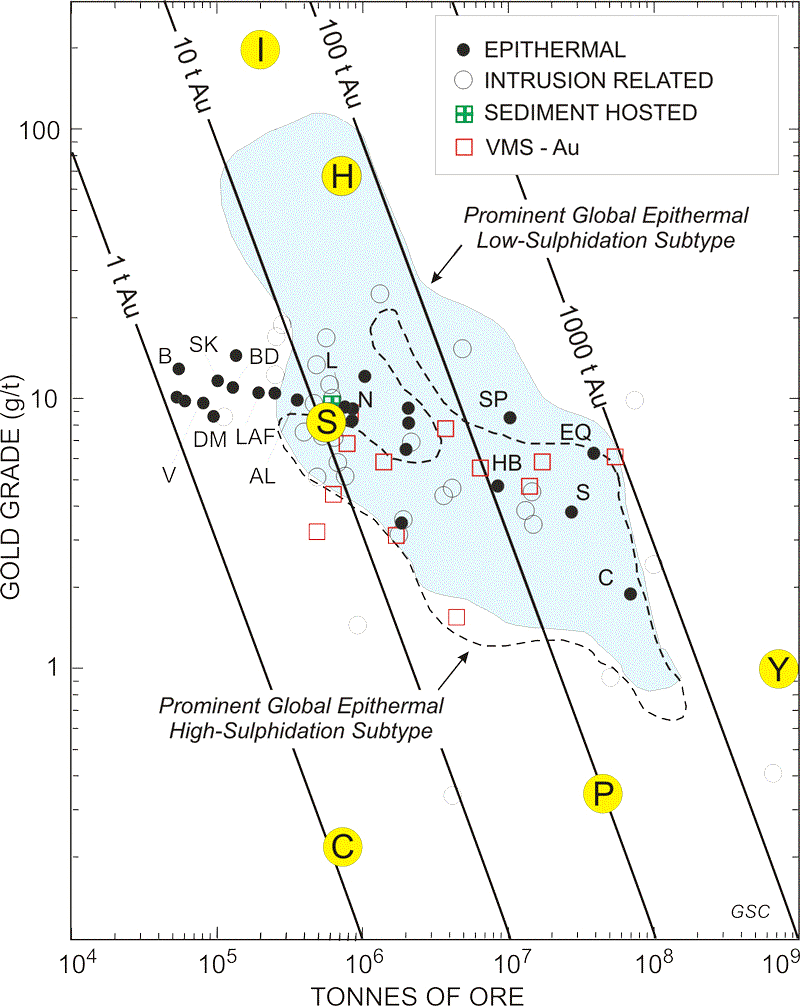 Figure 3: 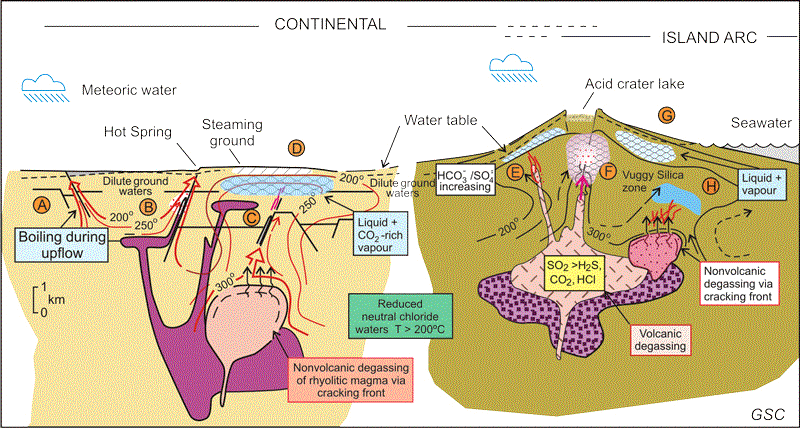 Figure 8: カナダ地質調査所(Geological Survey of Canada)による『Mineral Deposits of Canada Maps of deposits and resources(world)』から |
Lode Gold deposits
The types of Lode Gold deposits described here are:
・Epithermal gold Deposits
・Greenstone-associated quartz-carbonate
veins
・Gold-rich VMS deposits
・Reduced Intrusion-Related Gold Systems
Epithermal gold
Deposits
by Bruce E. Taylor
Contents of this page:
Abstract
Definition
Economic Characteristics of Epithermal Gold Deposits
Exploration Properties of Epithermal Gold Deposits
Distribution of Canadian Epithermal Districts
Genetic and Exploration Models
Acknowledgements
References
Tables
Figures
Epithermal Au (±Ag) deposits form in the near-surface environment, from hydrothermal systems typically within 1.5 km of the Earth’s surface. They are commonly found associated with centres of magmatism and volcanism, but form also in shallow marine settings. Hot-spring deposits and both liquid- and vapour-dominated geothermal systems are commonly associated with epithermal deposits. Epithermal Au deposits are commonly consider to comprise one of three subtypes: high sulphidation, intermediate sulphidation, and low sulphidation, each denoted by characteristic alteration mineral assemblages, occurrences, textures, and, in some cases, characteristic suites of associated geochemical elements (e.g. Hg, Sb, As, and Tl). Base metal (Cu, Pb, and Zn) and sulphide minerals may also occur in addition to pyrite and native Au or electrum. In some epithermal deposits, notably those of the intermediate-sulphidation subtype, base metal sulphides may comprise a significant ore constituent.
Canadian Au production from epithermal deposits has been minor (<5%), compared to that from transitional and intrusion-related Au deposits, or to other lode Au deposits. The shallow origin of epithermal Au deposits makes them more susceptible to erosion, and, accordingly, epithermal Au deposits have represented a high-grade, readily mineable, exploration target largely in Tertiary and younger volcanic centres, including the Cordillera. However, a number of older epithermal Au deposits have also been discovered, including several Proterozoic examples in Canada. Thus, older terranes need not be excluded entirely from exploration.
Modern geothermal and volcanic systems provide natural laboratories for the study of epithermal deposits, guiding theoretical models and laboratory experiments, and expanding our understanding of potential environments and vectors to mineralized systems. Yet, a principal, unanswered question still remains: do rich Au deposits form from Au-rich sources, or from exceptionally efficient mechanisms or processes of Au precipitation?
 Figure 2:  Figure 3:  Figure 8: カナダ地質調査所(Geological Survey of Canada)による『Mineral Deposits of Canada Maps of deposits and resources(world)』から |
Greenstone-hosted Quartz-Carbonate Vein Deposits
by Benoit Dube and Patrice Gosselin
Contents of this page:
Abstract
Definition
Economic Characteristics of Greenstone-Hosted Quartz-Carbonate
Vein Deposits
Geological Characteristics of Greenstone-Hosted Quartz-Carbonate
Vein Deposits
Distribution of Canadian Greenstone-Hosted Quartz-Carbonate Vein
Districts
Genetic and Exploration Models
Knowledge Gaps
Acknowledgements
References
Tables and Appendices
Figures
Greenstone-hosted quartz-carbonate vein deposits typically occur in deformed greenstone belts of all ages, especially those with variolitic tholeiitic basalts and ultramafic komatiitic flows intruded by intermediate to felsic porphyry intrusions, and sometimes with swarms of albitite or lamprophyre dyke. They are distributed along major compressional to transtensional crustal-scale fault zones in deformed greenstone terranes commonly marking the convergent margins between major lithological boundaries, such as volcano-plutonic and sedimentary domains. The large greenstonehosted quartz-carbonate vein deposits are commonly spatially associated with fluvio-alluvial conglomerate (e.g. Timiskaming conglomerate) distributed along major crustal fault zones (e.g. Destor Porcupine Fault). This association suggests an empirical time and space relationship between large-scale deposits and regional unconformities.
These types of deposits are most abundant and significant, in terms of total gold content, in Archean terranes. However, a significant number of world-class deposits are also found in Proterozoic and Paleozoic terranes. In Canada, they represent the main source of gold and are mainly located in the Archean greenstone belts of the Superior and Slave provinces. They also occur in the Paleozoic greenstone terranes of the Appalachian orogen and in the oceanic terranes of the Cordillera.
The greenstone-hosted quartz-carbonate vein deposits correspond to structurally controlled complex epigenetic deposits characterized by simple to complex networks of gold-bearing, laminated quartz-carbonate fault-fill veins. These veins are hosted by moderately to steeply dipping, compressional brittle-ductile shear zones and faults with locally associated shallow-dipping extensional veins and hydrothermal breccias. The deposits are hosted by greenschist to locally amphibolite-facies metamorphic rocks of dominantly mafic composition and formed at intermediate depth (5- 10 km). The mineralization is syn- to late-deformation and typically post-peak greenschist -facies or syn-peak amphibolite- facies metamorphism. They are typically associated with iron-carbonate alteration. Gold is largely confined to the quartz-carbonate vein network but may also be present in significant amounts within iron-rich sulphidized wall-rock selvages or within silicified and arsenopyrite-rich replacement zones.
There is a general consensus that the greenstone-hosted quartz-carbonate vein deposits are related to metamorphic fluids from accretionary processes and generated by prograde metamorphism and thermal re-equilibration of subducted volcano-sedimentary terranes. The deep-seated, Au-transporting metamorphic fluid has been channelled to higher crustal levels through major crustal faults or deformation zones. Along its pathway, the fluid has dissolved various components - notably gold - from the volcano-sedimentary packages, including a potential gold-rich precursor. The fluid then precipitated as vein material or wall-rock replacement in second and third order structures at higher crustal levels through fluid-pressure cycling processes and temperature, pH and other physico-chemical variations.
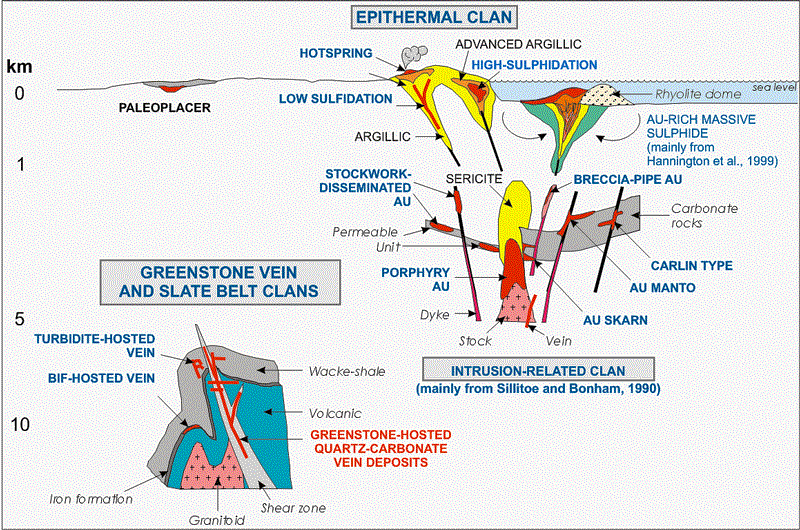 Figure 1: 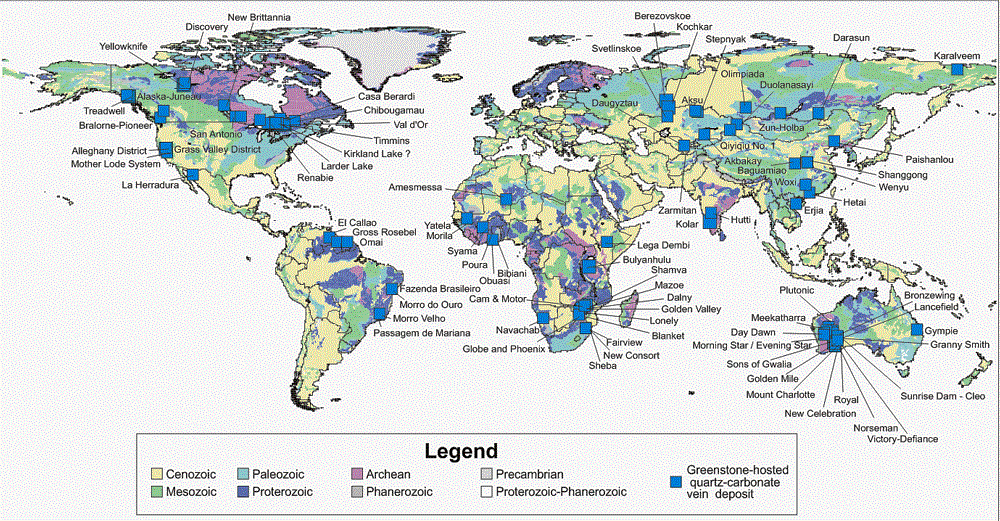 Figure 2: カナダ地質調査所(Geological Survey of Canada)による『Mineral Deposits of Canada Maps of deposits and resources(world)』から |
Gold-rich volcanogenic massive sulphide deposits
by Benoit Dube, Patrice Gosselin, Mark Hannington and Alan Galley
Contents of this page:
Abstract
Definition
Economic Characteristics of Gold-Rich Volcanogenic Massive Sulphide
Deposits
Geological Setting of Gold-Rich Volcanogenic Massive Sulphide
Deposits
Geological Characteristics of Gold-Rich Volcanogenic Massive Sulphide
Deposits
Genetic and Exploration Models
Distribution of Canadian Gold-Rich Volcanogenic Massive Sulphide
Districts
Knowledge Gaps
References
Tables
Figures
Gold-rich volcanogenic massive sulphide deposits (Au-rich VMS) form a subtype of both volcanogenic massive sulphide and lode-gold deposits. Their diagnostic features are stratabound to discordant, volcanic-hosted massive sulphide lenses with associated discordant stockwork feeder zones in which average Au grades (in g/t) exceed associated combined Cu, Pb, and Zn grades (in weight percent); Au is thus the main commodity. The Au-VMS deposits are present in both recent seafloor and deformed and metamorphosed submarine volcanic settings. They occur in a variety of volcanic terranes from mafic bimodal through felsic bimodal to bimodal siliciclastic in greenstone belts of all ages, typically metamorphosed to greenschist and lower amphibolite facies, and intruded by subvolcanic intrusions and dykesill complexes. The deposits are commonly located in proximity of intermediate to felsic volcanic centres, at or close to the interface between intermediate to felsic volcanic domes and basalt-andesite or clastic sediments. Several of the largest Au-VMS deposits are located in Canada: Horne, Bousquet 2-Dumagami, LaRonde Penna, and Eskay Creek. The first three deposits are hosted within the Archean Blake River Group, which is therefore an important geological assemblage for this style of Au deposit.
In metamorphosed greenstone terranes, the gangue minerals may include quartz, sericite, aluminous silicates, such as andalusite, kyanite, pyrophyllite, and Zn-rich staurolite, and Mn-rich garnet. Sulphide minerals are mainly pyrite and base-metal sulphides with a complex assemblage of minor phases including bornite, tennantite, sulphosalts, arsenopyrite, mawsonite, and tellurides. The Au has most commonly an uneven distribution within the deposit due to both primary depositional controls and subsequent tectonic remobilization. The chemical signature of the ore is diverse, and dominated by Au, Ag, and Cu or Zn with locally high concentrations of As, Sb, Bi, Pb, Se, Te, and Hg. The Eskay Creek deposit is a low-temperature Au-rich VMS deposit characterized by a mineralogical assemblage of stibnite, realgar, cinnabar, and arsenopyrite with various proportions of barite. It is clearly distinct from other Au-rich VMS deposits. Potassic alteration characterized by K-feldspar, typical of deposits with an Au-Zn-Pb-Ag association, occurs at Eskay Creek, especially in the footwall alteration zone. The advanced argillic alteration found at LaRonde Penna and Bousquet 2-Dumagami is thought to be typical of deposits from the Au-Cu association. Where present, the metamorphosed advanced argillic and more discrete massive silicic alteration assemblages indicate high-sulphidation conditions similar to those encountered in some epithermal environments.
There are two genetic models for Au-rich VMS: 1) conventional syngenetic volcanic-hosted Au-poor VMS mineralization overprinted during regional deformation by Au mineralization; and 2) syngenetic VMS deposits characterized by an anomalous fluid chemistry (with magmatic input) and/or deposition within a shallow-water to subaerial volcanic setting equivalent to epithermal conditions, in which boiling may have had a major impact on the fluid chemistry. The deformation and metamorphism that commonly overprint the mineralization in ancient terranes have obscured the original relationships and led to considerable debate about the syntectonic versus synvolcanic origin of Au-rich VMS.
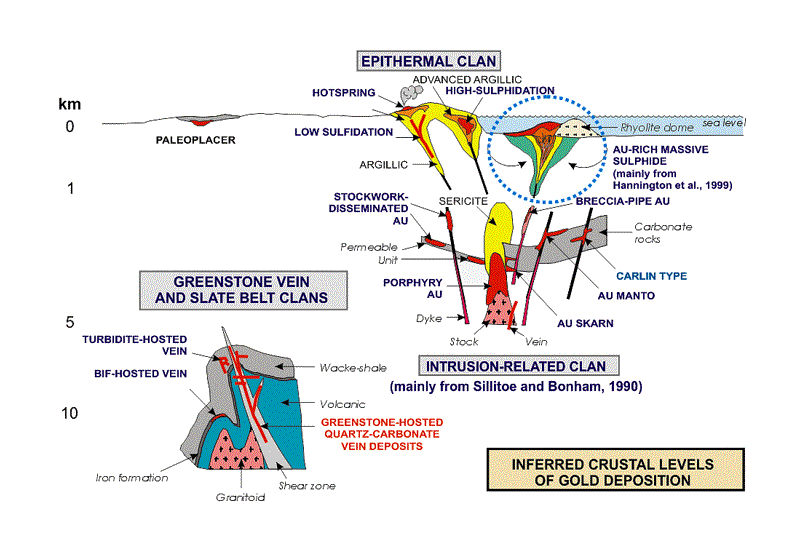 Figure 1: 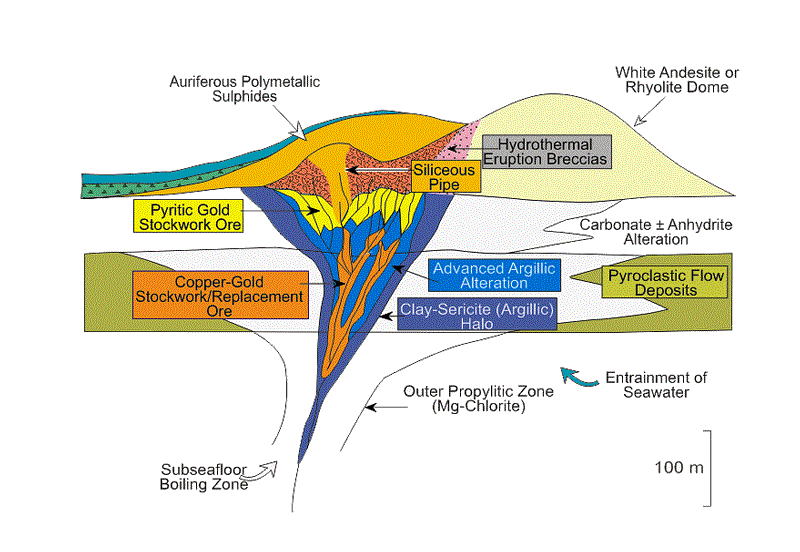 Figure 2: カナダ地質調査所(Geological Survey of Canada)による『Mineral Deposits of Canada Maps of deposits and resources(world)』から |
Reduced Intrusion-Related Gold Systems
by Craig J.R. Hart
Contents of this page:
Abstract
Definition
Distribution
Geological Attributes
Empirical and Genetic Exploration Models
Key Exploration Criteria
Knowledge Gaps
Areas of High Potential in Canada
Acknowledgements
References
Figures
Reduced intrusion-related gold systems (RIRGS) are characterized by widespread arrays of sheeted auriferous quartz veins that preferentially form in the brittle carapace at the top of small plutons, where they form bulk-tonnage, low-grade Au deposits characterized by a Au-Bi-Te-W metal assemblage, such as the Fort Knox and Dublin Gulch deposits. RIRGS also include a wide range of intrusion-related mineral deposit styles (skarns, replacements, veins) that form within the region of hydrothermal infl uence surrounding the causative pluton, and are characterized by proximal Au-W-As and distal Ag-Pb-Zn metal associations, thereby generating a zoned mineral system. Plutons that generate RIRGS form in tectonic settings characterized by weak post-collisional extension behind a thickened continental margin. Such settings are also conducive to the formation of W deposits, and thereby generate a regional Au-W metallogenic association, but individual plutons can generate both W and Au deposits. Associated magmas are diverse and have characteristics of I-, S-, and A-type granitoids. The most prolifi c Au systems comprise metaluminous, moderately reduced, moderately fractionated, biotite>>hornblende>pyroxene quartz monzonites that have mixed with volatile-rich lamprophyric melts. The magmas have a reduced primary oxidation state that form ilmenite-series plutons. This reduced state causes associated sulphide assemblages to be characterized by pyrrhotite, and quartz veins that host methane-rich inclusions. RIRGS mostly form at a depth of 5 to 7 km and generate mineralizing fl uids that are low salinity, aqueous carbonic in composition and are, therefore, unlike typical porphyry Cu deposits. The RIRGS class was developed on well-studied examples in Yukon and Alaska. Other suggested Canadian examples are in southeastern British Columbia and New Brunswick; numerous global examples have been suggested, but many are controversial.
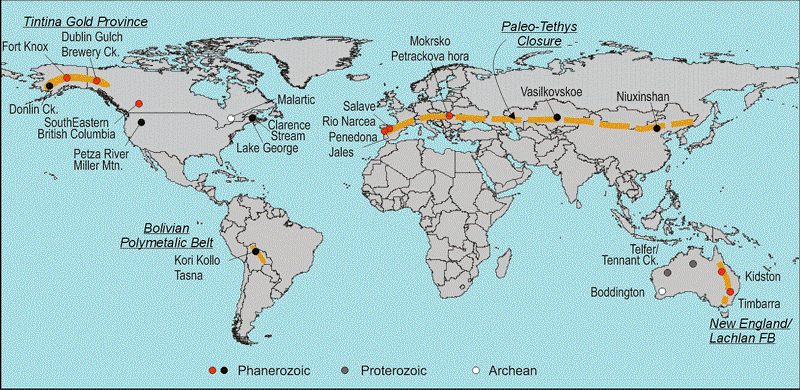 Figure 2:  Figure 9: 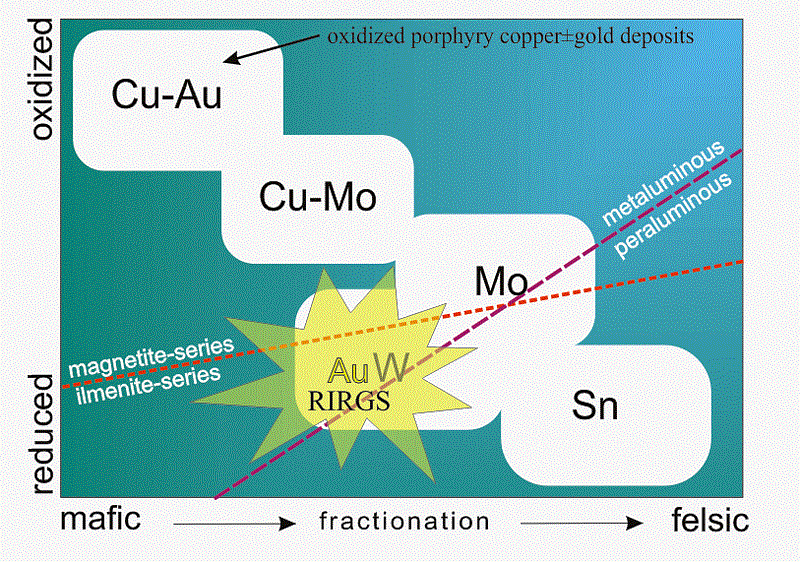 Figure 14: カナダ地質調査所(Geological Survey of Canada)による『Mineral Deposits of Canada Maps of deposits and resources(world)』から |